It was a sweltering July afternoon in 1983 when more than a dozen Iranian Revolutionary Guard Corps members knocked down Farideh Goudarzi’s aunt’s door, guns drawn. At nine months pregnant, the 21-year-old could barely run, let alone walk. Under surveillance for her opposition endeavors and distribution of anti-regime leaflets, all Goudarzi could do was wait.
“I was taken straight away into an interrogation room about three by four meters with just one table in the middle used for flogging prisoners,” she said. “The floor was covered with blood. I did not know then that a lot of that fresh blood was from my husband, who disappeared two days earlier.”
Despite being days away from giving birth to her first child, Goudarz remembered being barbarically lashed with electric cables across almost every inch of her quivering body and slapped so voraciously across the face that she still suffers now with jaw arthritis and bouts of shooting pain.
“About eight men were standing there to flog me. But I remember one man most of all – he was young, maybe 21 or 22, with a dark shirt over his pants. He was standing in the corner watching the other men flog me and flog me,” Goudarzi, now 59, said. “He seemed to enjoy it. That man was Ebrahim Raisi.”
The man with the wild eyes of amusement will be inaugurated as the President of the Islamic Republic of Iran this week, taking the helm from the marginally more moderate Hassan Rouhani.
Possible competitors to the Ayatollah Khamenei’s hand-picked frontrunner, Ebrahim Raisi, were prohibited from running in the June 18 election, which the international community primarily labeled as a farce. Moreover, the seven other candidates are mostly unknown to the broader population and deemed not to pose any serious threat to Raisi.
But his legacy already has human rights groups up in arms.
Even after giving birth, Goudarzi remained with her wailing, malnourished son in solitary confinement for more than six months before being slapped with a death sentence. As it turned out, Goudarzi served six years behind bars in Hamedan, listening every day as familiar faces were taken out into the dead of night and executed – including that of her husband. Finally, he was hanged using a rate in a prison courtyard.
Raisi, 60, currently serves as Iran’s judiciary chief. He was appointed by Khamenei more than two decades ago, following a long rap sheet of Tehran loyalties and human rights abuses.
However, Goudarzi is hardly alone in nursing painful memories connected to Raisi.
Meanwhile, Mahmoud Royaie, 59, was born to a Middle-Class family in Tehran in 1963. Just fifteen when the Shah was overthrown, he quickly found himself immersed in opposition politics. On August 30, 1981, he was dragged away by authorities while walking down the street and taken immediately to the torture and interrogation room without any semblance of due process.
“We were made to stand in the hallway, and all you could hear were the screams of those being tortured – I remember the screams of the women being severely flogged and raped by their captors,” he said. “I had never heard anything like it. All I could do was wait.”
Royaie, also under the direction of Raisi and his comrades, recalled being shoved facedown onto that bench of torment with his hands and feet stretched and bound, his eyes covered with a thick black blindfold.
When the cable lashings became too excruciating to bear, he said a foul-smelling, blood-soaked cloth was shoved inside his mouth.
“The cables all came with different thicknesses – these guards knew exactly which ones would shock you, which ones would induce a burning sensation. They were extremely skilled at what they were doing,” Royaie continued, noting that he was eventually issued a ten-year prison term at a “kangaroo court.” “The moment I arrived in jail, authorities shaved my head and eyebrows and forced me to eat it. This was all under Ebrahim Raisi.”
Born in the once-prized Silk Road northeastern city of Mashhad in 1960, Raisi began studies to become a cleric in the holy city of Qom at just fifteen years old, joining the regime’s judiciary wing as a teen. And at just 19, in the aftermath of the 1979 revolution, he began serving as an assistant prosecutor in Karaj, on the edges of Tehran, despite having no university education. The ultra, hardline conservative rose rapidly through the ranks during the 1980s, holding positions such as chief prosecutor of the clergy, earning membership into the Assembly of Experts and the Expediency Council and as a Deputy Prosecutor of the Tehran revolutionary court during the 1980s.
“Raisi is the protégé of Ayatollah Khamenei, Iran’s Supreme Leader, who trusts Raisi to protect and extend his own revolutionary legacy,” said Jim Phillips, Senior Research Fellow for Middle Eastern Affairs at The Heritage Foundation. “He is a serial human rights abuser who was involved in mass killings of political dissidents in 1988 when he played an important role on a panel that sentenced thousands of political prisoners to death.”
In 1988, he was one of just four persons – later dubbed the “death committee” – selected by the then-Grand Ayatollah Ruhollah Khomeini to carry out the chilling fatwa to massacre and summarily execute more than 30,000 political prisoners like Goudarzi and Royaie. Most victims were connected to the People’s Mojahedin Organization of Iran (PMOI/MEK), which Tehran continues to deem a terrorist organization for its long-standing rebellion against the government.
During the 1990s and into the 2000s, the devout regime loyalist was delegated to several influential posts, ranging from head of the General Inspector’s Organization to Iran’s Attorney General. In 2016, Raisi became leader of the robust religious foundation Astan Quds Razavi, which is the shrine of Imam Reza – the Prophet’s eighth successor according to the Duodecimal Shiites.
Raisi ran for the presidency in 2017 under Khamenei’s faction but suffered a surprise loss to the now outgoing Hassan Rouhani.
This time around, however, observers stress that all potential contenders have been eliminated from the pool. Those deemed inadequately dutiful to the religious regime were all disqualified.
In March 2019, Khamenei selected Raisi to become Iran’s Judiciary Chief and is believed to have ordered more than 500 executions in his first two years alone. Iran is second only to China in reported total numbers of capital punishments carried out per year. Still, critics say many more likely fall into the shadow of darkness without documentation. Iran also remains one of just seven countries known to inflict the death penalty on children.
“Iran is a heavy user of the death penalty, including for offenses like drug smuggling. In Iran, politically sensitive trials sometimes last only twenty minutes or so and have seen the accused denied even basic rights like competent representation,” noted John Allen Gay, an Iranian expert and Executive Director at The John Quincy Adams Society. “Iran’s judiciary has been a key player in detaining dissidents and dual nationals on invented or trumped-up charges.”
Furthermore, the prominent role and a public purport to “eliminate corruption” enabled Raisi to diminish the pond of possible presidential opponents in preparation for the next electoral cycle.
But despite the Biden administration’s ongoing efforts to re-enter the Obama-era JCPOA, better known as the “Iran Nuclear Deal,” which President Trump unceremoniously pulled out of more than three years ago, Raisi’s almost-certain ascendance to the presidency could serve a significant blow.
Raisi is a figure hostile to the West and a firm adversary to making such concessions.
“Raisi is likely to reject the relative pragmatism of current President Rouhani, boost the power and influence of the Revolutionary Guards, and take a more confrontational stance on many foreign policy issues,” Phillips projected. “He is also likely to be less tractable on the nuclear issue than Rouhani, but the Supreme Leader calls the shots on that anyway – in addition to other vital issues.”
Furthermore, Raisi’s presidency is likely to consolidate the power of hardliners heading all branches of government. Phillips pointed out that although Iran’s President exercises relatively limited powers in Iran’s political system and plays second fiddle to the Supreme Leader, the presidency is an important stepping stone.
Tuesday’s inauguration ceremony is set to be attended by the Supreme Leader and scores of high-ranking Iranian officials and foreign dignitaries. Raisi will then be officially sworn in as President in parliament on Thursday. Raisi has vowed to revive “trust” with the beleaguered Iranian populace, crippled by a devastated economy and an overwhelmed health care system amid the protracted COVID-19 pandemic. However, with a hardline approach and a haunting history, such reconciliation is likely to be an imaginary concept.
And ultimately – it is the Iranian people themselves who are poised to suffer.
“As a hardliner, Raisi is dedicated to upholding the Islamic Republic’s repressive, Islamist ideology,” added Jordan Steckler, Research Analyst for United Against Nuclear Iran (UANI). “Tehran continues to target political dissidents and ethnic, religious, and sexual minorities for execution and still carries out the death penalty for minors. The regime further denies the Iranian people freedom of expression, of assembly, and of the press. In addition, it has brutally cracked down on every major protest movement since the founding of the Islamic Republic. At every stage, Raisi has been a party to Iran’s systemic human rights abuses.”
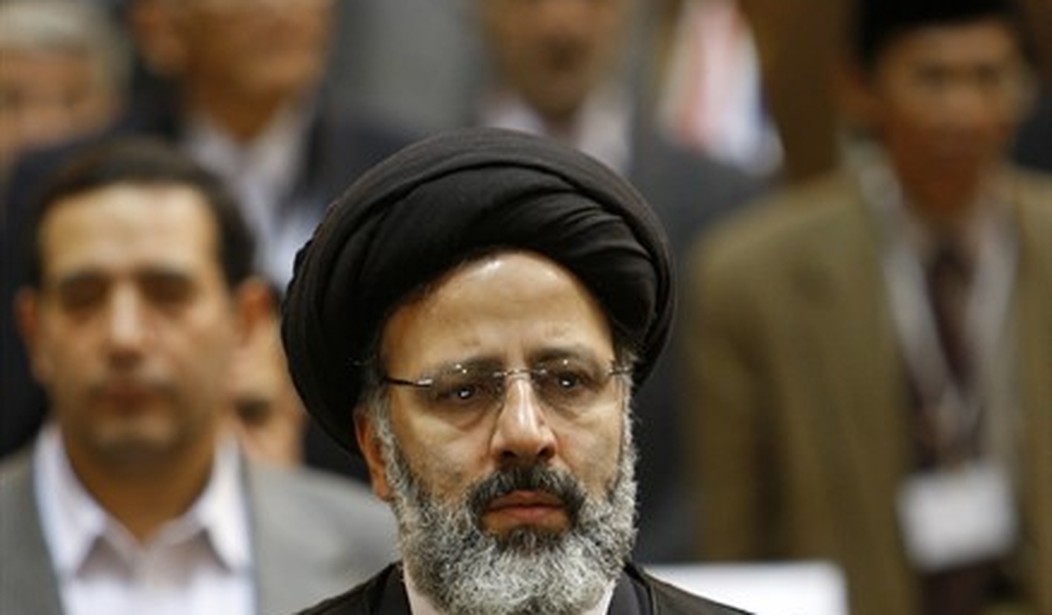


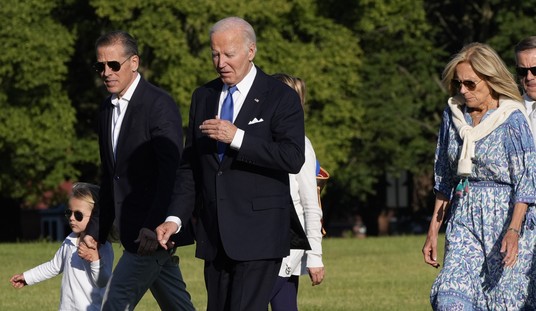



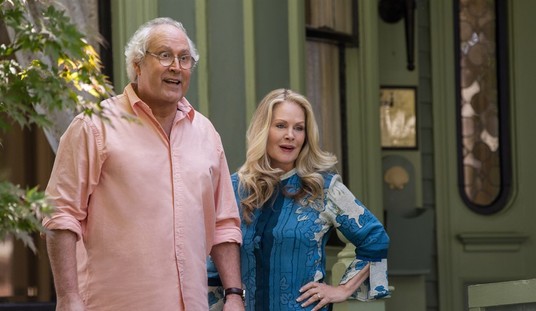

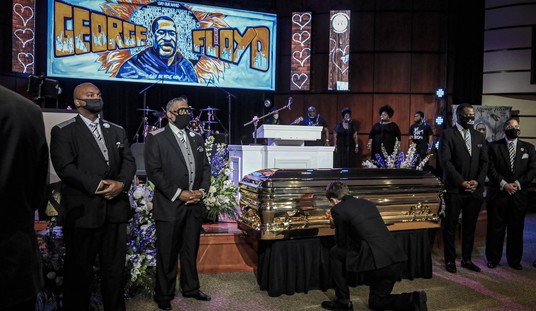



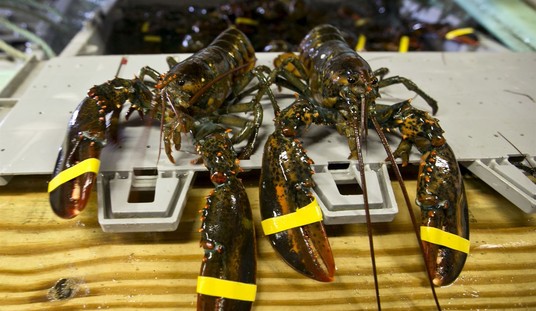
Join the conversation as a VIP Member